
The office construction industry involves the planning, design, and construction of commercial office buildings, including the development of new structures, renovation and refurbishment of existing buildings, and interior fit-outs. It encompasses a range of specialized trades and services, such as architecture, engineering, construction management, carpentry, electrical work, plumbing, and HVAC systems installation. The industry is driven by the demand for modern and functional office spaces that meet the evolving needs of businesses and their employees.
GAO RFID Inc., a global top 10 RFID leader based in the cities of New York and Toronto, has served many companies in the office construction industry
GAO RFID Systems & Hardware for the Office Construction
GAO RFID Inc. offers the largest selection of BLE gateways, BLE beacons, RFID readers, tags, antenna, printers, and integrated RFID systems for various industries, including the office construction industry.
BLE (Bluetooth Low Energy)
GAO offers advanced BLE gateways:
as well as versatile beacons with such important functions as temperature, humidity, vibration, and panic button:
- IP67 Rated BLE 2.45GHz Active RFID Wristband Tag w
- BLE 2.45GHz Ultra Rugged Active RFID Pallet Tag
- BLE 2.45GHz Active RFID Asset Tag/Beacon
GAO’s BLE technology is suitable for all kinds of industries, including the office construction industry.
UHF (Ultra High Frequency) RFID
GAO offers the largest selection of UHF RFID readers for various industries, including the office construction industry:
GAO RFID offers the widest choice of UHF RFID tags, labels, badges, wristbands for various industries, including the office construction industry:
and an array of antennas to address different applications:
HF (High Frequency), NFC (Near Field Communications) and LF (Low Frequency) RFID
GAO offers the largest selection of HF, NFC, and LF RFID readers for various industries, including the office construction industry:
- 134.2KHz ISO11784/5 FDX RFID Plug and Play Portable Reader
- 134.2 kHz LF Long Range Fixed RFID Reader
HF, NFC and LF RFID tags, labels, badges, wristbands for various industries, including the office construction industry
and antennas:
GAO also offers RFID printers:
Digital I/O adapters:
and relay controllers:
For embedded applications, GAO offers UHF, HF and LF RFID reader modules:
- UHF 860 – 960 MHz RFID Modules
- 13.56 MHz High Frequency RFID Modules
- 125 kHz Low Frequency RFID Modules
The RFID systems by GAO are highly popular for clients in the office construction industry:
People or workers tracking system:
Physical asset or operational equipment tracking system:
- GAO RFID Construction and Industrial Machinery Rental Asset Management System
- Gen2 UHF 902-928 MHz Passive RFID Readers
- Gen 2 UHF 865-868 MHz Passive RFID Readers
Personnel or people access control system:
Parking or vehicle control system:
There are two versions of GAO’s software, one is running on a local server, and another running in the cloud.
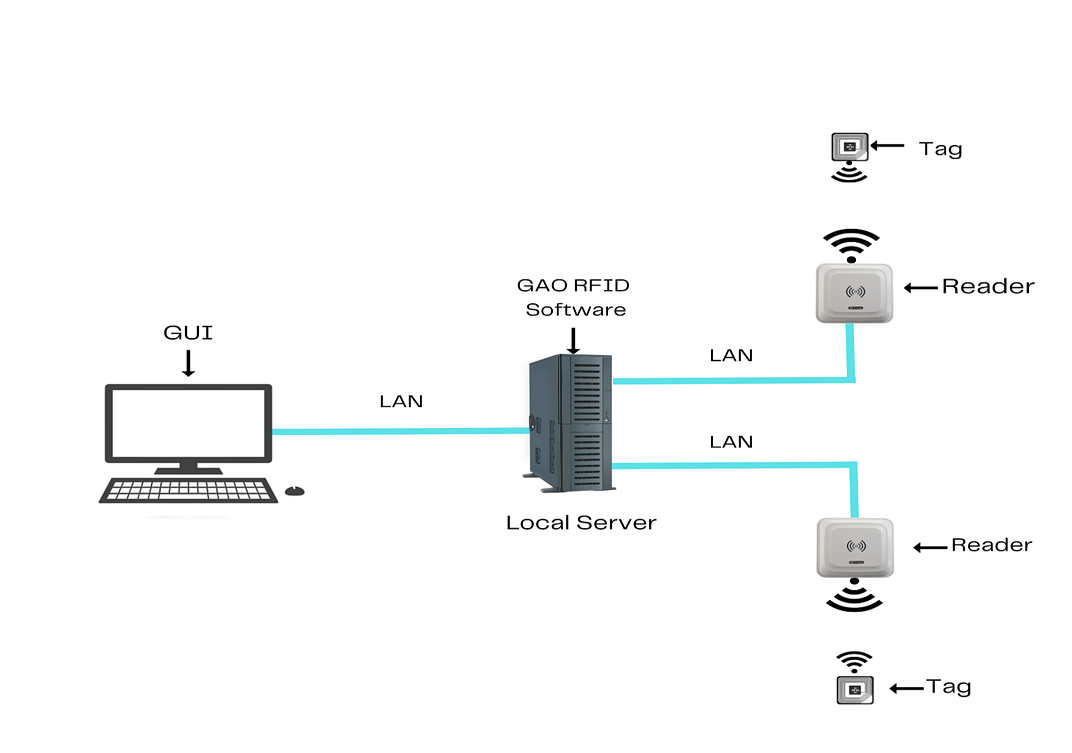 GAO’s software runs on a local server.
GAO’s software runs on a local server.
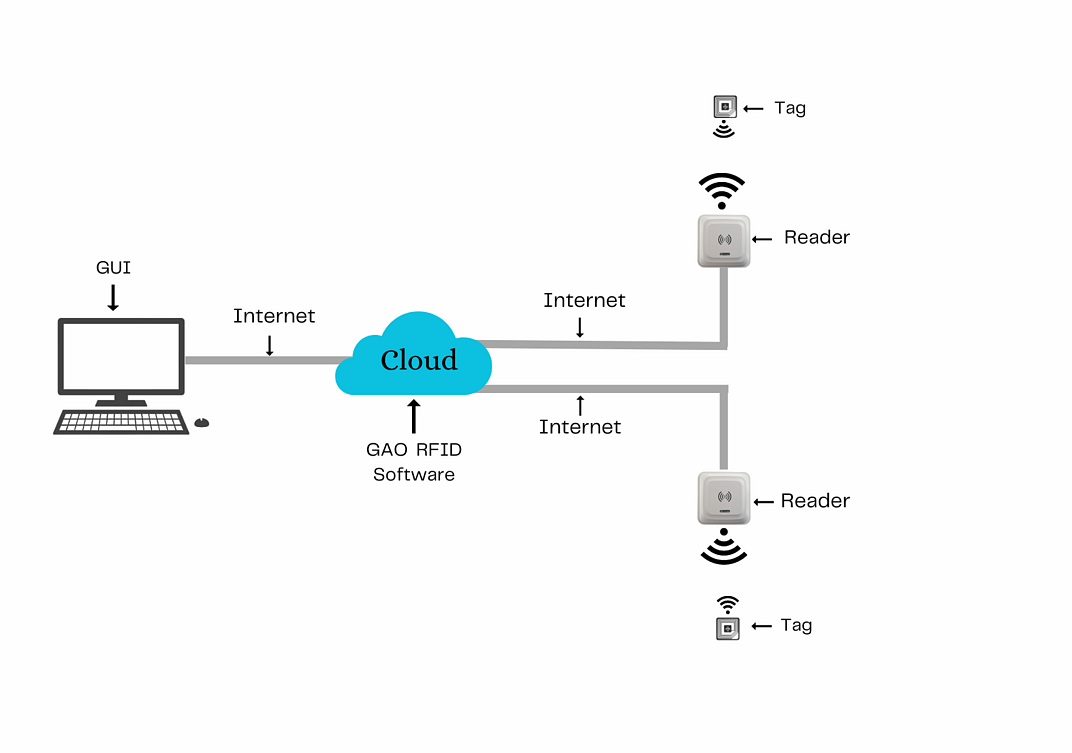 GAO’s software runs in the cloud.
GAO’s software runs in the cloud.
GAO offers free samples of its RFID tags, labels, badges, and wristbands.
GAO offers a free trial for all of its software available.
Applications & Benefits of GAO’s RFID, BLE, IoT & Drones for the Office Construction
Applications and Benefits of BLE Gateways and Beacons for Office Construction:
- Indoor positioning: Our BLE beacons can be used to provide indoor positioning and navigation services, enabling workers to locate power tools, bobcats, air compressors, cranes, concrete mixers, trowels and materials easily. The BLE gateway can collect data from multiple beacons and provide a real-time location of workers and assets, facilitating efficient resource allocation and improved productivity.
- Safety and security: Our BLE beacons can be used to monitor the movements of workers and provide alerts if they enter hazardous areas, enhancing safety protocols. The gateway can collect data from multiple beacons and provide an overview of worker movements, enabling quick response in case of an emergency, and improving safety and security.
- Workforce management: GAO’s BLE beacons can be used to monitor worker attendance and track work hours, improving workforce management. The gateway can collect data from multiple beacons and provide accurate information on worker attendance and work hours, enabling better resource allocation and improved productivity.
- Communication and collaboration: GAO BLE gateway and beacons can facilitate communication between workers, enabling them to collaborate more effectively and improve coordination. Real-time tracking of workers and assets can help ensure timely and effective communication, improving overall efficiency.
Applications and Benefits of Drones with RFID for Office Construction
- Inventory management: Drones can be equipped with our RFID readers to conduct aerial inventory scans of construction sites, enabling real-time tracking and monitoring of materials and equipment. This can help to reduce inventory discrepancies and improve supply chain management.
- Asset tracking: Drones with GAO’s RFID readers can be used to locate and track assets, such as tools and equipment, reducing the risk of loss or theft. The data collected can be used to provide a comprehensive overview of the location and status of all assets on a construction site.
- Safety and security: Drones with GAO RFID readers can be used to monitor and enforce safety protocols on a construction site. They can detect and report any unauthorized personnel in restricted areas, reducing the risk of accidents and ensuring compliance with safety regulations.
- Time and cost savings: The use of drones with our RFID solutions can improve efficiency and reduce costs associated with manual inventory tracking, asset management, and surveillance. This can result in time and cost savings for the construction project.
- Enhanced project management: The data collected from drones with RFID technology can be used to provide valuable insights into the construction project, such as identifying bottlenecks and improving project timelines.
Applications and Benefits of IoT with RFID for Office Construction
- Asset Tracking and Management: The integration of IoT and RFID technology can provide a comprehensive asset tracking and management system. IoT sensors can provide real-time location data, while RFID technology can provide additional details such as asset history, maintenance records, and more. This can help optimize asset usage, improve inventory management, and reduce losses due to misplaced or stolen assets.
- Site Monitoring and Security: IoT and our RFID tags can enable real-time monitoring of construction sites for security breaches, equipment theft, and other incidents. The sensors can detect motion, temperature changes, and other anomalies, and RFID technology can track personnel and equipment movements. This can help prevent unauthorized access, monitor worker safety, and ensure compliance with safety regulations.
- Energy Management: IoT sensors can track energy consumption and help identify areas where energy can be conserved, and our RFID solutions can provide granular data on energy usage by individual assets. This can help reduce energy costs and improve sustainability.
- Supply Chain Management: The combination of IoT and GAO RFID solutions can improve supply chain management by tracking the movement of goods and materials from suppliers to the construction site..
- Worker Safety: IoT sensors can monitor environmental conditions such as temperature, humidity, and air quality to ensure worker safety, and RFID solutions can track worker movements to ensure they do not enter dangerous areas. This can help reduce accidents and ensure compliance with safety regulations.
GAO Helps Customers Comply with Standards, Mandates & Regulations of Office Construction
GAO RFID Inc. has helped many companies in the office construction industry to deploy RFID systems and to ensure such deployments complying with the applicable industry standards, mandates, and regulations:
- ISO 15693 – Specifies air interface protocol for RFID tags operating at 13.56 MHz, often used for proximity sensing and access control in office buildings.
- Americans with Disabilities Act (ADA) – Sets requirements for accessibility in public buildings, including office buildings.
- National Fire Protection Association (NFPA) codes – Set standards for fire safety in buildings, including requirements for fire alarms, sprinkler systems, and emergency exits.
- Environmental Protection Agency (EPA) – Set standards for environmental protection, including requirements for the handling and disposal of hazardous materials on construction sites.
- National Electrical Code (NEC) – Sets standards for electrical installations in buildings, including requirements for wiring, grounding, and electrical equipment.
- Construction Specifications Institute (CSI) – Provides a standard for organizing construction project information, including specifications for building materials, systems, and equipment.
- Canadian Accessibility Standards – Sets requirements for accessibility in public buildings, including office buildings.
- National Building Code of Canada – Sets standards for building design and construction, including requirements for structural design, fire safety, and energy efficiency.
- Canadian Environmental Protection Act – Sets standards for environmental protection, including requirements for the handling and disposal of hazardous materials on construction sites.
- Canada Green Building Council (CaGBC) LEED certification – Provides a certification system for green buildings, including requirements for energy efficiency, water conservation, and indoor environmental quality.
 Americans Disability Acts (ADA)
Americans Disability Acts (ADA)
 National Environmental Policy Act (NEPA)
National Environmental Policy Act (NEPA)
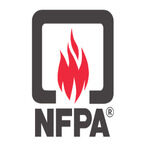 National Fire Protection Association (NFPA)
National Fire Protection Association (NFPA)
 National Electrical Code (NEC)
National Electrical Code (NEC)
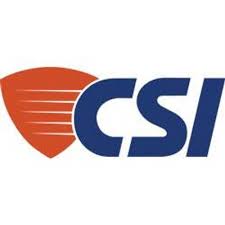 Construction Specifications Institute (CSI)
Construction Specifications Institute (CSI)
 Canada Green Building Council (CaGBC)
Canada Green Building Council (CaGBC)
Case Studies of RFID Applications
A large construction project in Texas used RFID for worker safety and security. The system used RFID-enabled badges to track the location and safety status of more than 3,000 workers and contractors. The system was integrated with a real-time location tracking system that allowed for monitoring of worker movements, enabling supervisors to quickly respond to accidents or incidents. The system also restricted access to hazardous areas based on the worker’s clearance level, reducing the risk of accidents and injuries. In this application, RFID-enabled badges or wristbands were issued to workers and contractors, allowing for real-time tracking of their location and safety status on construction sites. The RFID tags monitored worker movements, sent alerts in case of accidents or emergencies, and restrict access to hazardous areas based on the worker’s clearance level. As a result, the construction project was completed safely and on schedule, with minimal incidents and injuries.
Another case study is as follows:
RFID technology for document management and control during a large office construction project in New York City used RFID-enabled document management system. The system used RFID tags to track and manage thousands of construction drawings, documents, and plans. The system was integrated with a document control software that provided real-time updates on document changes, enabling the project team to collaborate more efficiently. The system also provided access control to the documents, based on the worker’s clearance level, reducing the risk of unauthorized access or use of sensitive information. RFID tags were attached to construction drawings, documents, and plans, allowing for real-time tracking and management of the documents. RFID readers that were installed at various locations such as job trailers or construction site offices, provided access to the documents based on clearance level. As a result, the construction project was completed on time and within budget, with improved document management and control.
GAO’s Software Provides API
GAO’s popular RFID software such as personnel tracking, asset tracking. access control, parking system control offers a free trial and offers an API to each of the common software in the office construction industry:
Personnel Management:
- Time and attendance tracking: Monitoring and management of employee work hours and attendance.
- Access control and security monitoring: Monitoring and control of employee access to various parts of the construction site.
- Training and certification management: Management and tracking of employee training and certification requirements.
- On-site safety monitoring and incident reporting: Monitoring and reporting of safety incidents on the construction site.
Equipment Management:
- Tool and equipment tracking and inventory management: Real-time tracking and inventory management of construction tools and equipment.
- Preventive maintenance scheduling and tracking: Scheduling and tracking of equipment maintenance to prevent breakdowns and increase lifespan.
- Fuel and energy consumption monitoring and optimization: Monitoring and optimization of fuel and energy usage to reduce costs and environmental impact.
- Equipment utilization and scheduling optimization: Optimization of equipment usage and scheduling to increase efficiency.
Supply Chain Management:
- Materials and supplies tracking and inventory management: Real-time tracking and inventory management of construction materials and supplies.
- Shipping and receiving tracking and management: Tracking and management of construction materials and supplies during shipping and receiving.
- Procurement and purchasing management: Management and tracking of procurement and purchasing processes.
- Supplier relationship management and compliance monitoring: Management and monitoring of supplier relationships and compliance with regulatory requirements.
Other Applications:
- Document management and control: Management and control of construction documents and plans using RFID technology.
- Quality control monitoring: Monitoring and management of construction quality control processes.
- Waste management: Monitoring and management of construction waste disposal processes.
- Environmental monitoring: Monitoring and management of environmental impact during construction processes.
GAO Has Served the Office Construction Extensively
GAO RFID Inc., one of the global top 10 RFID leaders, is based in the cities of New York and Toronto and it has deployed RFID, BLE and IoT projects for many leading companies in the office construction industry, including its various divisions such as
- Architecture and Design: This sub-industry involves the design and planning of office buildings, including the creation of blueprints, layouts, and structural plans.
- Engineering: This sub-industry involves the engineering of the various systems that make up an office building, such as the electrical, plumbing, and HVAC systems.
- Construction: This sub-industry involves the actual construction of the office building, including the excavation, framing, and finishing work.
- Project Management: This sub-industry involves the planning, coordination, and oversight of the entire office construction project, including scheduling, budgeting, and quality control.
- Real Estate Development: This sub-industry involves the acquisition of land and the development of commercial office space for leasing or sale.
- Interior Design: This sub-industry involves the design and decoration of the interior spaces of the office building, including the selection of furniture, lighting, and decor.
- Facilities Management: This sub-industry involves the ongoing maintenance and management of the office building after construction, including cleaning, repairs, and security.
Some of the leading companies in the office construction industry in the US:
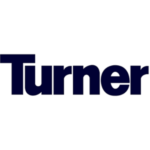 Turner Construction Company
Turner Construction Company
 Skanska USA Corporation
Skanska USA Corporation
 Clark Construction Group
Clark Construction Group
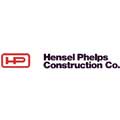 Hensel Phelps Co.
Hensel Phelps Co.
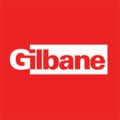 Gilbane Building Company
Gilbane Building Company
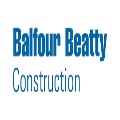 Balfour Beatty US Company
Balfour Beatty US Company
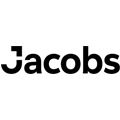 Jacobs Engineering Group Inc.
Jacobs Engineering Group Inc.
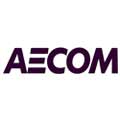 AECOM Corporation
AECOM Corporation
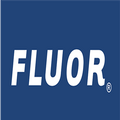 Fluor Corporation
Fluor Corporation
 Mortenson Construction company
Mortenson Construction company
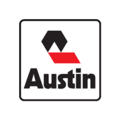 Austin Industries
Austin Industries
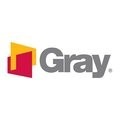 Gray Construction Inc
Gray Construction Inc
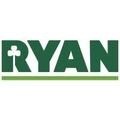 Ryan Companies US
Ryan Companies US
 Clayco
Clayco
 The Beck Group
The Beck Group
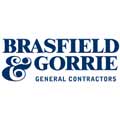 Brasfield & Gorrie
Brasfield & Gorrie
 Kiewit Corporation
Kiewit Corporation
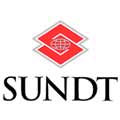 Sundt Construction
Sundt Construction
Some of the leading companies in the office construction industry in Canada:
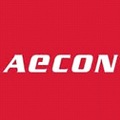 Aecon Group Inc.
Aecon Group Inc.
 Graham Construction Ltd.
Graham Construction Ltd.
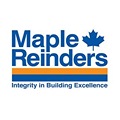 Maple Reinders Constructors Ltd
Maple Reinders Constructors Ltd
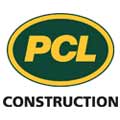 PCL Construction Management Inc.
PCL Construction Management Inc.
 EllisDon Corporation
EllisDon Corporation
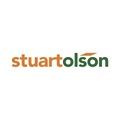 Stuart Olson Inc.
Stuart Olson Inc.
